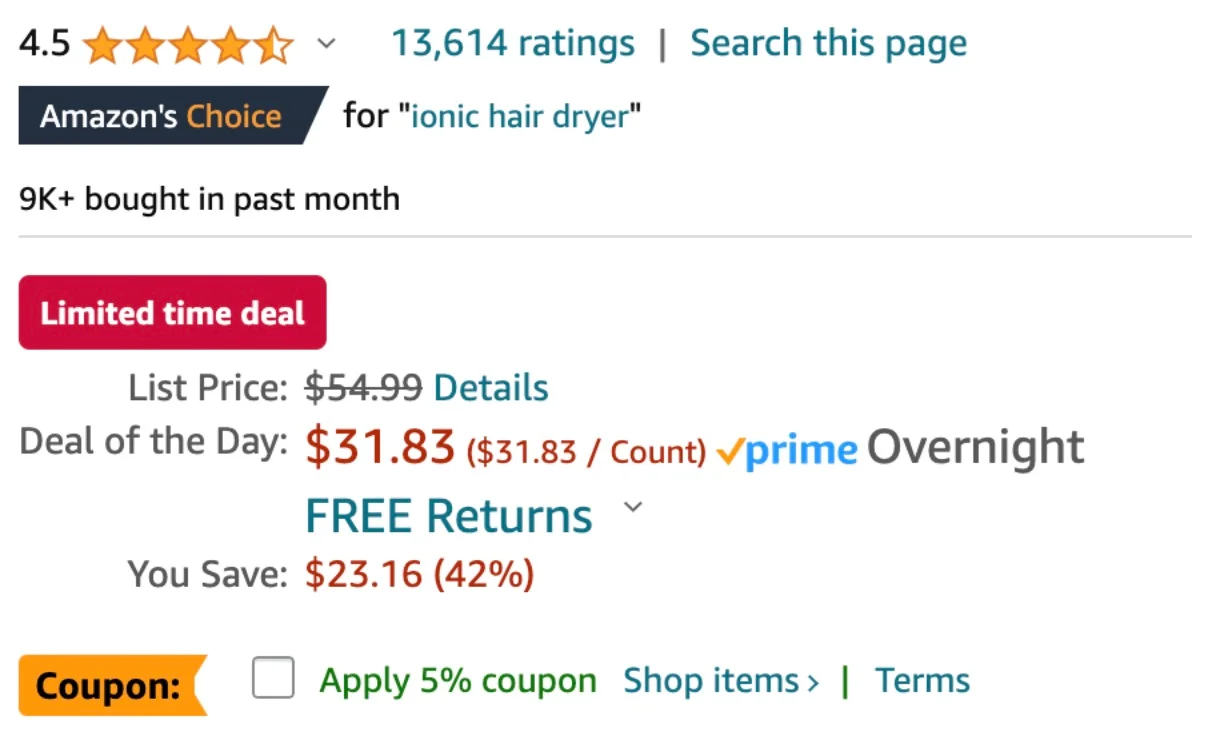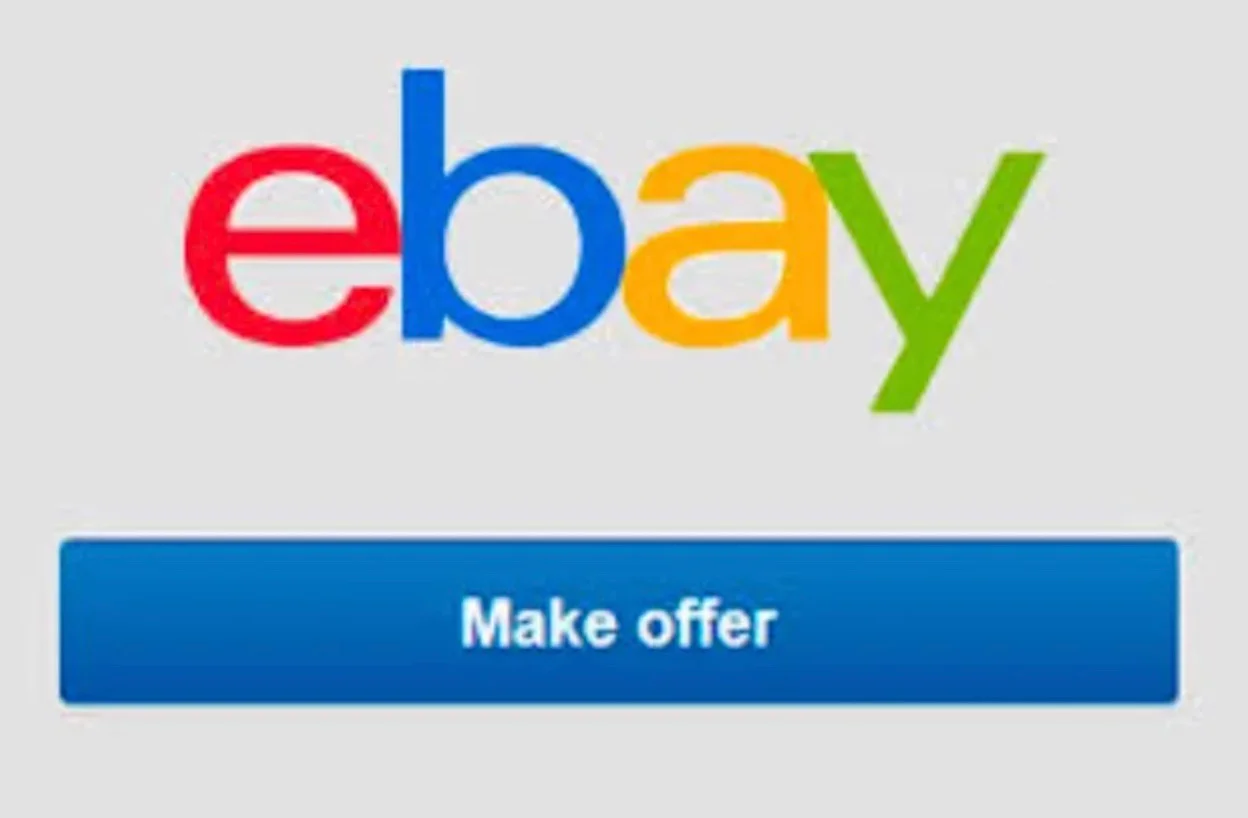Selling on Amazon vs eBay: How to Choose the Best Platform for Your Business

Introduction
Two platforms in particular jump out as industry pioneers in the e-commerce arena: Amazon vs eBay. Though many believe eBay has been around longer, Amazon started in 1994, a year earlier. Even so, because Amazon first concentrated on books, eBay had a sizable market share edge in its early years.
With so many choices available to e-commerce businesses these days, like Shopify, Walmart, and Etsy, the scene has altered. Still the most well-known and powerful e-commerce platforms in the market, Amazon and eBay are the oldest and most successful e-commerce sites. Find out how these differences can guide you with your choices when it comes to selling on Amazon vs eBay.
Main Differences Between Selling on Amazon vs. eBay
When selling on Amazon vs. eBay it is important to understand that it is used for your online sales, it’s essential to consider various factors that impact your business. These include seller fees, the size of the audience, fulfillment methods, branding opportunities, product restrictions, and more. By weighing these factors, you can make an informed decision about whether eBay or Amazon is the best fit for your selling needs.
1. Subscription Fees
Amazon
When you think about selling on Amazon vs eBay, you must pay certain fees to sell. To start selling, you need to choose a selling plan: Individual or Professional. The Individual plan charges $0.99 per item sold, while the Professional plan costs $39.99 per month with no limit on the number of items you can sell. Additionally, you’ll need to consider referral fees and fulfillment costs.
When selecting a plan, consider the following:
- Individual Plan: This plan is cost-effective for new sellers who don’t plan to sell more than 40 items a month. However, it doesn’t provide access to advanced selling tools like advertising tools.
- Professional Plan: This plan is ideal for serious sellers who want to grow their business. It offers no limit on the number of products you can sell and provides access to powerful tools for managing inventory, advertising, reporting, and more.
By understanding these fees and plans, you can make an informed decision about which plan best suits your Amazon selling needs.
Ebay
When selling on Amazon vs eBay, you need to pay various types of fees. On eBay, there is no subscription fee. However, eBay has the following fees:
- Insertion Fees: Insertion fees, also known as listing fees, are charged when you list an item for sale on eBay. The first 250 listings per month are usually free, but additional listings will incur a fee ranging from $0 to $20. The fee varies depending on the category and format of the listing, such as auction-style or fixed price.
- Final Value Fees: Final value fees are paid by the seller when an item sells. The fee is a percentage of the total sale plus $0.30 per order.
2. Fulfillment
Amazon
Amazon offers two fulfillment methods for sellers: Fulfillment by Amazon (FBA) and Fulfillment by Merchant (FBM).
FBA is a service that allows third-party sellers to store their products in Amazon’s fulfillment centers. When a customer orders a product, Amazon handles the storage, packing, shipping, and customer service on behalf of the seller. This service streamlines the entire order fulfillment process, allowing sellers to focus on their business operations and growth.
Ebay
When selling on eBay, sellers are responsible for handling the fulfillment process, which includes packing and shipping items to buyers. Unlike Amazon, eBay does not offer a fulfillment service like FBA. However, eBay has partnered with UPS, FedEx, and USPS, allowing sellers to purchase shipping labels through eBay Labels.
eBay offers a service for sending international shipments to customers who buy from overseas. The program, called eBay International Shipping, allows sellers to send products to a domestic shipping hub, where eBay consolidates orders and delivers them to international customers.
For very small, light, and inexpensive products, eBay offers a program called eBay Standard Envelope. This program allows sellers to save up to 70% from the cheapest USPS prices. For example, a 2-ounce envelope will only cost 87 cents.
3. Type of products to sell
Amazon
Amazon offers sellers the opportunity to list a wide variety of product types on its platform. Customers can find everything from electronics and clothing to home goods and books, as well as digital products like e-books, music, and software.
Compared to eBay, Amazon has a more formal and organized product catalog. When browsing on Amazon, it feels like a structured online retail store, with different sections showcasing trending products, deals, and expansive product categories.
This diverse product selection and store-like layout allows Amazon to cater to a broad range of consumer needs and preferences. Sellers can leverage this vast marketplace to reach a large customer base across many different product categories.
Ebay
Amazon provides its sellers with the option to list a broad range of product categories on its marketplace. Consumers can purchase anything from books and household items to clothing, technology, and software, as well as digital goods like e-books and music.
Amazon’s product catalog is more structured and formal than eBay’s. When you browse Amazon, it feels like a well-organized online retailer, with distinct areas of advertising sales, popular items, and a wide range of product categories.
With its wide array of products and store-like design, Amazon can satisfy a wide range of customer requirements and tastes. Sellers can use this expansive market to connect with a wide range of consumers in a variety of product categories.
Also, eBay specializes in certain niche items, such as antiques and specific industrial equipment components, which may not be available on Amazon.
4. Market Reach
Amazon
Amazon undoubtedly attracts a significantly larger audience and boasts a considerably higher number of active users compared to eBay.
Amazon has over 20 marketplaces worldwide, allowing sellers to access a vast and diverse global customer base. Through Amazon’s international marketplaces, sellers can target specific regions, languages, and customer preferences, expanding their reach globally.
Selling on Amazon’s international platforms is facilitated by tools and services like the Global Selling program, which simplifies cross-border logistics, inventory management, and currency conversion. This contrasts with eBay, where sellers typically list on a single global platform with more limited international reach.
For sellers looking to maximize their earning potential and access both local and international markets, Amazon’s extensive network of dedicated national and international marketplaces can provide a strategic advantage over competitors.
Ebay
eBay offers sellers access to a global marketplace, allowing them to connect with buyers worldwide. While eBay operates as a single platform, it facilitates cross-border transactions through features like the Global Shipping Program.
Unlike Amazon’s dedicated international marketplaces, eBay sellers manage their listings and sales across countries through a unified platform. This can be simpler for smaller businesses looking to expand internationally without navigating multiple marketplaces.
However, it’s important for eBay sellers to consider factors like shipping costs, customs regulations, and local competition when expanding their reach globally, as international market penetration may vary by region.
5. Product Promotions
Amazon
Amazon offers a feature called “Lightning Deals” that allows sellers to set temporary discounts on their products. These deals are available for a maximum duration of 6 hours, creating a sense of urgency that can drive sales if the timing and discounted price are appealing to customers.

Another strategy Amazon sellers can use to encourage repeat business is offering coupon codes or heavy discounts. This can incentivize customers to return to the platform and make additional purchases, as they will be enticed by the savings opportunities.
The combination of limited-time Lightning Deals and ongoing discount programs gives Amazon sellers various tools to boost sales and customer engagement. By leveraging these features, sellers can create a more compelling shopping experience that keeps customers coming back.
Ebay
Running product promotions or sales on a basic eBay listing can be challenging for sellers. In the past, this process was quite difficult on eBay.
This is an area where Amazon has a distinct advantage. One of the key features that helps retain customers on an e-commerce platform is the availability of deals, discounts, and attractive coupon codes.
While eBay has introduced in-site advertising options for sellers, many have found Amazon’s built-in promotional tools to be more effective. Amazon’s in-site promotions, such as limited-time discounts and coupon offers, provide sellers with more impactful ways to incentivize customer purchases and drive repeat business.
The ease of implementing and managing promotions on Amazon’s platform gives it an edge over the historically more complex promotional capabilities on eBay. This allows Amazon sellers to more effectively leverage discounts and offers to attract and retain customers.
6. Buying experience
Amazon
One of the key advantages of Amazon is its user-friendly interface, particularly when it comes to the buying experience. The platform offers a single-click checkout option, making it incredibly easy for customers to purchase a product. This streamlined process ensures that customers can quickly and efficiently complete their transactions.
Additionally, Amazon’s refunds and returns process is straightforward and hassle-free. This makes it easy for customers to return or exchange items if they are not satisfied with their purchase.
Amazon’s Buy Box system is a big deal. It picks which seller gets the “Add to Cart” button when many sellers have the same item. The system looks at price, shipping, seller scores, and service to choose a winner. Getting the Buy Box can really boost sales. eBay likes good sellers too, but it’s not as powerful as Amazon’s Buy Box.
Ebay
While Amazon is known for its user-friendly buying experience, eBay has long been criticized for a more convoluted and frustrating process. One of the key issues with eBay is the auction-style listing format, which requires customers to wait until the auction ends before they can complete their purchase. This can be a significant inconvenience for buyers who are eager to secure a particular item.

eBay’s unique “Best Offer” feature allows buyers to propose lower prices, which sellers can accept, counter, or decline. This negotiation process benefits both parties by helping buyers secure deals and sellers move inventory. While this adds flexibility and interaction to the buying experience, eBay’s overall complexity still poses challenges compared to Amazon’s streamlined approach.
List Your Products on Amazon in Seconds with Bookz Pro
Are you tired of spending hours listing your products on Amazon? With Bookz Pro, you can list your products in seconds, not hours. Our listing software streamlines the process, saving your time and increasing your productivity.

By using Bookz Pro, you can focus on what matters most – growing your business and selling more products. It also comes with the automated repricer and inventory management software. Sign up for Bookz Pro today and start listing your products on Amazon in seconds.
Conclusion
Given the factors and features of selling on Amazon vs eBay, Amazon stands out as the superior platform for selling products. Despite higher fees and stricter policies, Amazon’s numerous benefits and features make it a more attractive option for sellers. Amazon’s one-click checkout, for instance, has significantly improved the buying experience, leading to increased sales for sellers.
Additionally, Amazon’s massive traffic and customer base provide a vast pool of potential buyers for sellers to tap into. While eBay may have its strengths, Amazon’s overall package of features and benefits makes it the better choice for sellers.
Frequently Asked Questions
eBay has lower fees and simpler setups, while Amazon offers more tools and a larger customer base. Also, Amazon has FBA program where you do not need to pick, pack and ship to the customers when they are sold. Amazon would be a better option since it does not require you to do much labor and have a storage for your inventory.
Amazon is generally better for building a brand due to its brand registry and extensive marketing tools, although it is also more competitive.
Customers generally trust Amazon more than eBay. Amazon’s reliable shipping, efficient customer service, and robust review system contribute to its strong reputation, making buyers feel secure in their purchases. In contrast, eBay’s trustworthiness can vary based on seller ratings and product nature, with some customers remaining cautious due to the auction-style listings and the potential for less regulated transactions.
Selling on both Amazon and eBay can be a smart strategy to increase your earning potential. Both platforms have their own strengths and customer bases, allowing you to reach a broader audience and diversify your sales channels. If you have products that can be sold on eBay and other products that can be sold on Amazon, it makes sense to sell on both platforms.
eBay sellers are in charge of their shipping. Sellers can use Fulfillment by Amazon (FBA), where Amazon handles customer support, shipping, and storage.



